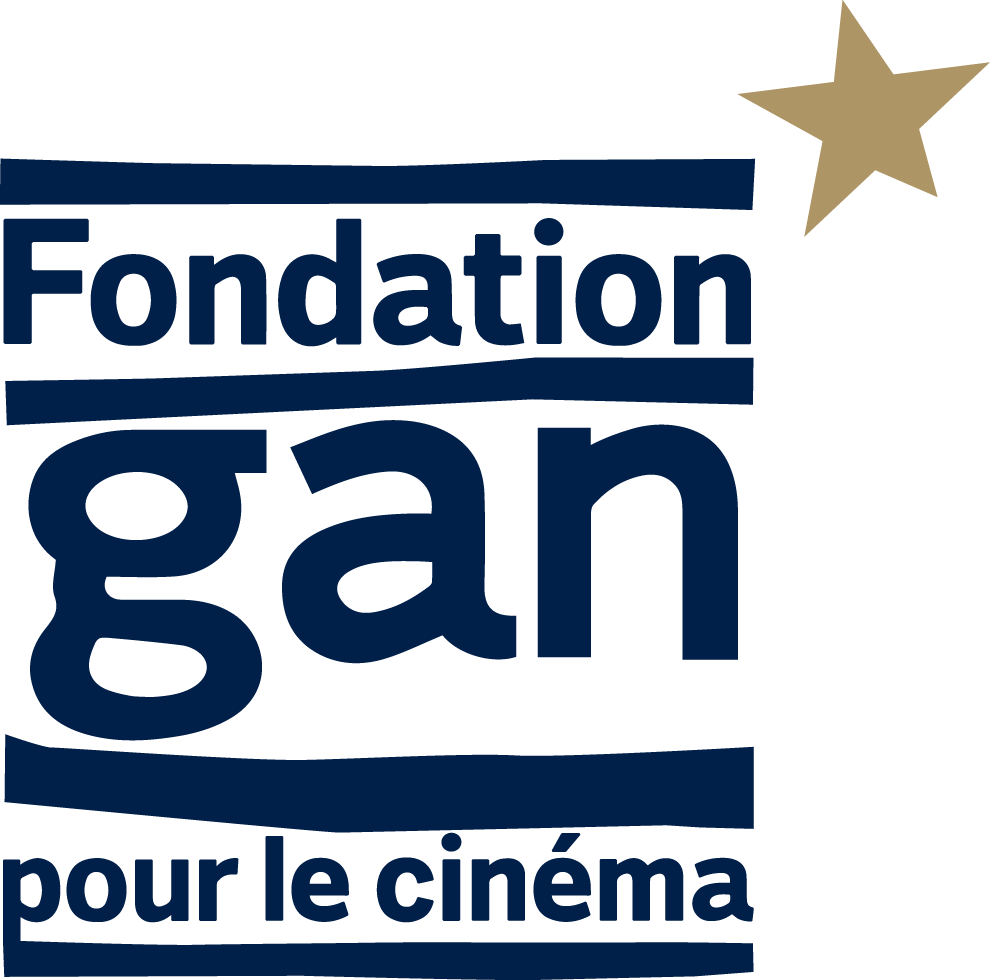The jumping-off point of Ismaël Joffroy Chandoutis’s film was his experience as an inquiring witness of the events in his usual stomping ground, the Maalbeek underground station in Brussels, which was turned upside-down: “I lived right in front of it for ages and it’s the tube I used to take every day. I could have been there on the day of the attack. I was dumbstruck as the dozens of news vans stayed right outside my house for two whole weeks. They broadcast bloody scenes, fake news, armed soldiers over and over again, anything to conjure up an incredibly unnerving atmosphere. I met people who had been more or less directly affected by the attack – including Sabine – to try to depict another reality, one that would be freer and unbeholden to the media. She couldn’t remember anything after her head injury. We talked about that void, about a missing picture. Conversely, I spoke to her about what I felt was an overwhelming flow of images and that I wanted to get rid of. At that moment, I understood that the film would be a kind of a portrait of Sabine, where the stakes of the mise-en-scène would be the representation of this damaged, fragmented memory.”
This identification of a woman is what turns Sabine’s inner mental world into an animated picture: “we question remnants of reality that rely on memory to harken back - frame by frame - the outline of the locations, actions and features of the forgotten people, so that the audience may see something which is beyond reality, for them to question, interpret and rebuild. The 3D-animation process starts with live-action images to provide incomplete, fragmented locations, as if the images of this memory had also been the physical victims of the shock of the underground explosion. These clouds of dots and ashes, convey the wobbly state of mind the protagonist endures and is reflected by the interferences and uncertainties in her depiction. Maalbeek is therefore based on a double paradox: first, meeting Sabine who has no recollection of one of the most broadcast event in Belgian history; and secondly, making a film that could just as well have been a pitch black frame, with moving particles, no story whatsoever, and, maybe her face appearing now and then, watching us, or watching herself as she peruses, within her scars, the inane idea of collective memory.







